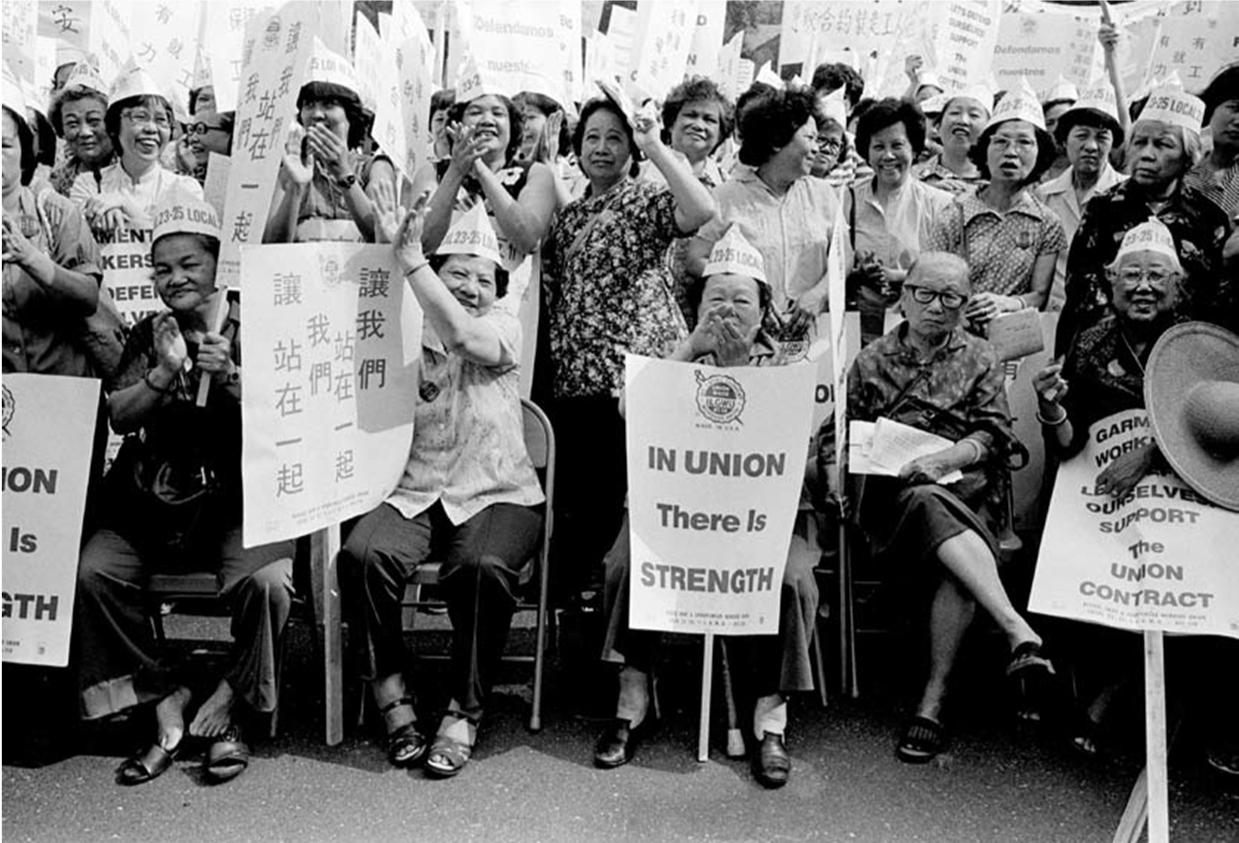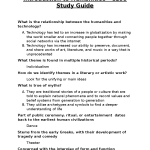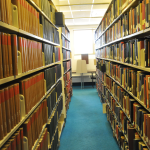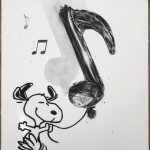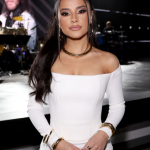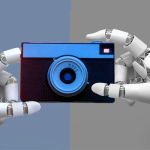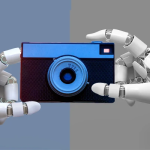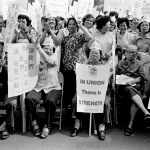Asian American women’s history is often overlooked, yet it plays a pivotal role in the broader narrative of American history. This rich yet rarely acknowledged past highlights the contributions and struggles of women who have shaped the cultural landscape of the United States. From exhibiting cultural artifacts to providing a nuanced understanding of historical erasure, the new exhibit at the Schlesinger Library seeks to shine a light on these important stories. With items that span over 150 years, it showcases the resilience and agency of Asian American women, challenging viewers to reconsider their assumptions about women in history. Through this exhibition, the intersection of Asian American history and cultural representation is finally brought to the forefront, highlighting the significance of these narratives in shaping our collective understanding.
The history of women from Asian backgrounds in America reflects a complex tapestry of cultural identities and experiences often obscured in mainstream narratives. These women have faced unique challenges, including marginalization and misrepresentation, yet their stories are integral to understanding the diverse fabric of society. As a focal point within the Schlesinger Library, an exhibit titled “Illuminate: Contextualizing Asian American Women’s Stories Through the Archives” presents a chance for rediscovery and recognition of this often silenced demographic. This important exploration encourages discussions about how historical erasure has affected the recognition of women in history, providing a platform for Asian American voices to resonate in the halls of cultural memory. By acknowledging their past, we pave the way for a more inclusive future that honors the contributions of all women.
Unveiling the Hidden Histories of Asian American Women
The recently opened exhibition at the Schlesinger Library titled “Illuminate” brings to light the often-overlooked narratives of Asian American women, a demographic that has historically been marginalized in discussions about American history. This exhibition features significant archival pieces, including photographs of Ainu and Visayan women, whose stories were largely left untold and whose presence was overshadowed by the broader colonial narratives. By reflecting on their experiences, the exhibit aims to challenge viewers’ perceptions and assumptions about the roles these women played throughout history.
The collaboration between students and archivists has allowed for a deeper exploration into these hidden histories, shedding light on the erasure and hypervisibility that many Asian American women have experienced. As they engaged with the archival materials, students uncovered not just individual stories, but also a collective history that connects Asian American women to critical moments in the development of U.S. history. By focusing on these narratives, “Illuminate” serves as a reminder of the significant contributions of Asian American women to society that have often been relegated to the sidelines.
The Impact of Cultural Representation in Asian American History
Cultural representation plays a crucial role in shaping the understanding of Asian American women’s contributions to history. The artifacts displayed in the Schlesinger exhibit not only highlight the women’s stories but also question the narratives that have historically overshadowed their achievements. Items such as political posters and zines illustrate how contemporary Asian American women are redefining their representation and asserting their place within the broader context of American culture. This movement empowers future generations to recognize the importance of including diverse voices in historical narratives.
In discussing cultural representation, the exhibit also addresses the historical erasure faced by Asian American women, particularly during significant events such as the Chinese Exclusion Act and Japanese American internment. By placing these stories within the larger framework of American history, the exhibition advocates for a more inclusive historical narrative that recognizes the struggles and triumphs of Asian American women as integral to the American experience. This approach not only enriches our understanding of the past but promotes a more equitable future where all voices are valued.
Collaborative Efforts to Preserve Asian American Women’s Stories
The effort to preserve Asian American women’s histories is marked by collaboration, as seen in the partnership between students and faculty at Harvard University. By engaging in co-teaching and exploration of archival materials, these students have taken part in a groundbreaking initiative to unearth stories that might otherwise remain buried. This hands-on approach not only educates students about their heritage but also ignites a passionate commitment to historical preservation, ensuring that the legacies of Asian American women are passed down to future generations.
Schlesinger Library’s exhibit serves as a model for other educational institutions, demonstrating the potential of collaborative learning to generate new insights into the complexities of Asian American women’s histories. This innovative approach allows students to connect with the past in deeply personal ways while also contributing to the collective mission of cultural preservation. The library’s commitment to expanding its collections is a hopeful sign, emphasizing the need to integrate these vital narratives into the broader discourse surrounding American history.
Revisiting Historical Perspectives: The Role of Archives in Asian American Studies
Archives serve as crucial resources for understanding the nuances of Asian American women’s histories, offering pathways to revisit and rethink historical narratives. The Schlesinger Library’s collection provides a treasure trove of materials that reveal the lived experiences of Asian American women, often sidelined in conventional historical accounts. By utilizing these archival materials, researchers and students alike can piece together a fuller understanding of how these women navigated their identities and contributions within both Asian and American contexts.
The power of archives lies not only in the artifacts themselves but also in the stories they tell. As seen in the Schlesinger exhibit, these stories go beyond mere representation; they are about resilience, agency, and the continuous fight against erasure. This initiative encourages a reexamination of historical perspectives, prompting scholars and the general public to consider the importance of diverse voices in shaping America’s collective narrative. The exploration of these archives is not just academic; it’s an invitation to challenge the dominant historical paradigms and embrace a more inclusive storytelling.
Asian American Women’s Activism Throughout History
Asian American women have long played a key role in activism, often at the forefront of social justice movements. The exhibit at the Schlesinger Library highlights this legacy, showcasing how figures like Grace Zia Chu and Madhur Jaffrey have used their platforms to advocate for change. By including their stories, the exhibit connects past and present, illustrating the evolution of activism among Asian American women from the early 20th century to today.
Understanding this historical context is essential for recognizing the ongoing struggles faced by Asian American women in today’s society. The exhibit also contextualizes these women’s activism against the backdrop of significant historical events, such as the Civil Rights Movement and recent anti-Asian violence during the COVID-19 pandemic. By examining these connections, visitors gain insight into how the fight for justice and representation has continued to evolve, reflecting both resilience and the urgent need for awareness and advocacy.
The Intersectionality of Asian American Women’s Experiences
The narratives showcased in the Schlesinger Library’s exhibit exemplify the intersectionality of Asian American women’s experiences throughout history. These women’s stories are deeply intertwined with issues of race, gender, and class, revealing how societal structures have shaped their lives and identities. The inclusion of diverse narratives challenges the monolithic portrayal of Asian American women and emphasizes the richness of their experiences, which can often highlight broader societal dynamics.
By exploring this intersectionality, the exhibition invites viewers to consider how multiple identities influence one’s place within history. This layered approach fosters a better understanding of the complexities involved in Asian American women’s representations and contributions, encouraging discussions around representation in both historical and contemporary contexts. Ultimately, this perspective not only enriches our historical narrative but also informs contemporary discourse on race and gender.
The Role of Education in Shaping Asian American Women’s Histories
Education plays a pivotal role in shaping our understanding of Asian American women’s histories. The collaborative course at Harvard that inspired the “Illuminate” exhibition highlights the potential of academic settings to foster critical engagement with archival materials. This educational endeavor emphasizes the importance of integrating marginalized histories into mainstream curricula, thereby enriching students’ perspectives and promoting awareness of underrepresented stories.
Through this educational model, students are equipped to investigate and challenge existing historical narratives, affirming the significance of Asian American women’s contributions. By learning from the past, students are encouraged to cultivate a deeper appreciation for diversity in history, which can lead to more inclusive storytelling in the future. The integration of such initiatives within educational institutions is critical in addressing historical erasure and fostering a more equitable academic landscape.
Art as a Medium for Understanding Asian American Women’s History
Art has consistently served as a powerful medium for expressing the experiences and histories of Asian American women. The commissioned artwork for the Schlesinger exhibit exemplifies how visual expression can enhance the understanding of archival materials. By juxtaposing contemporary art with historical artifacts, the exhibition creates a dynamic dialogue that illuminates the ongoing relevance of these narratives within modern society.
Through artistic representation, complex themes surrounding identity, resilience, and resistance are explored, allowing viewers to connect emotionally with the histories being showcased. This synthesis of art and history not only invites deeper reflection but also reinforces the idea that Asian American women’s stories are not merely relics of the past, but vital elements of today’s cultural fabric. The use of art in this context encourages visitors to engage with these narratives in a multifaceted way, broadening their understanding of the rich and diverse experiences of Asian American women.
Confronting Historical Erasure: The Case for Asian American Women’s Stories
The phenomenon of historical erasure is a recurring theme in the narratives of Asian American women, and the Schlesinger exhibit seeks to confront this issue head-on. By bringing attention to the individuals and incidents that have been overlooked or forgotten, the exhibit challenges prevailing historical narratives that often exclude these voices. This conscious effort to reclaim lost histories is essential in educating the public about the contributions of Asian American women and the complex realities they faced.
Recognizing the problem of historical erasure is a significant step toward inclusivity in American history. The exhibition encourages visitors to question why certain stories remain marginalized while others are celebrated, prompting discussions about representation, memory, and justice. By elevating these often-silenced narratives, “Illuminate” plays a crucial role in reshaping our understanding of history, emphasizing that the experiences of Asian American women are integral to the broader tapestry of American life.
Frequently Asked Questions
What is the significance of the Schlesinger Library exhibit on Asian American women’s history?
The Schlesinger Library’s exhibit, “Illuminate: Contextualizing Asian American Women’s Stories Through the Archives,” highlights the often-overlooked narratives of Asian American women throughout history. It showcases artifacts, such as photographs and documents, that challenge the historical erasure of these women’s contributions to society and aims to foster a deeper understanding of their roles within the broader spectrum of Asian American history.
How does the Schlesinger Library help in preserving Asian American women’s history?
The Schlesinger Library actively collects and displays archival materials that feature the lives and stories of Asian American women. By showcasing these artifacts in exhibits, such as the current one, the library contributes to the preservation of Asian American women’s history and raises awareness of their significant yet underrepresented roles in American history.
In what ways have Asian American women’s experiences been historically erased?
Asian American women’s experiences have been historically erased through a lack of documentation and representation in historical narratives. Many faced systemic discrimination and their contributions were marginalized, as seen in various archival records. The Schlesinger Library’s exhibit seeks to address this erasure by highlighting the stories and experiences of these women and promoting a more inclusive understanding of American history.
What types of artifacts can visitors expect to see in the exhibit focusing on women in history?
Visitors to the exhibit focusing on Asian American women’s history can expect to see a diverse range of artifacts, including photographs, political posters, comic books, and personal zines. These items illustrate the multifaceted experiences of Asian American women and place their stories within the context of significant historical events, such as the Civil Rights Movement, the Chinese Exclusion Act, and the impact of COVID-19.
How can the study of Asian American women’s history impact our understanding of U.S. history?
Studying Asian American women’s history enriches our understanding of U.S. history by filling in gaps left by traditional narratives. It reveals the complexities of cultural representation, the contributions of marginalized groups, and the broader implications of race, gender, and immigration in shaping America. By including these narratives, we gain a more comprehensive view of the American experience.
What role do educational initiatives play in highlighting Asian American women’s history?
Educational initiatives, such as the course co-taught by Victor Betts and Erika Lee at Harvard, play a crucial role in highlighting Asian American women’s history. These programs engage students with archival materials and encourage critical thinking about historical narratives, erasure, and representation, thus fostering a new generation of scholars dedicated to uncovering and sharing these vital stories.
Why is it important to have exhibitions like “Illuminate” in understanding cultural representation?
Exhibitions like “Illuminate” are important for understanding cultural representation because they provide a platform for underrepresented voices and stories. By showcasing the lived experiences of Asian American women, these exhibits challenge stereotypes, educate the public on historical injustices, and promote a more nuanced appreciation of diversity within American history.
What contemporary issues are reflected in the stories of Asian American women highlighted in the Schlesinger Library exhibit?
The stories of Asian American women featured in the Schlesinger Library exhibit reflect contemporary issues such as immigration policy, racial discrimination, and the resurgence of anti-Asian violence, particularly during the COVID-19 pandemic. These narratives draw connections between historical injustices and present-day challenges, illustrating the ongoing struggles and resilience of Asian American women.
| Key Points | Details |
|---|---|
| Schlesinger Library Exhibit | The exhibit illuminates Asian American women’s history and highlights often overlooked stories. |
| Artifacts Displayed | Includes photographs of Ainu and Visayan women from the 1904 World’s Fair amongst other archival materials. |
| Collaborative Effort | Students collaborated with archivists to explore and present Asian American women’s histories. |
| Historical Context | The exhibition covers a timeline of 150 years, contextualizing the role of Asian American women through various historical events. |
| Contemporary Voices | Features stories of modern Asian American women like chefs Grace Zia Chu and Madhur Jaffrey, contrasting with historical erasure. |
| Legal Pioneers | Highlights the case of Ah Fong, a Chinese woman who fought for her rights, illuminating women’s contributions to legal history. |
| Importance of Preservation | The need for documenting and preserving Asian American women’s voices to correct historical narratives. |
| Exhibit Title Significance | ‘Illuminate’ suggests shedding light on marginalized stories in American history. |
| Ongoing Work | Efforts to expand collections and further investigate the histories of Asian American women are ongoing. |
Summary
Asian American women’s history is a significant yet often neglected aspect of the broader historical narrative in the United States. The recent exhibition at the Schlesinger Library, titled “Illuminate: Contextualizing Asian American Women’s Stories Through the Archives,” seeks to bring attention to the overlooked histories of Asian American women. Through a collaboration between students and archivists, the exhibit highlights artifacts, personal narratives, and legal cases that showcase the resilience and contributions of Asian American women. By challenging the historical erasure and emphasizing their roles in various movements, this exhibition is a crucial step towards recognizing and valuing the narrative of Asian American women in American history.
